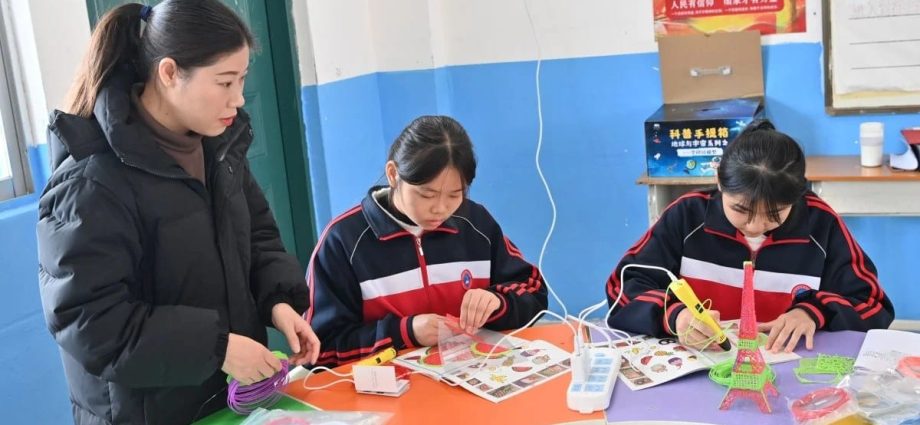
Local authorities are under growing fiscal pressure as a crisis in the real estate industry – their most important source of income – has shown no sign of abating, and other challenges including weak domestic and external demand hold back the post-pandemic recovery of the world’s second-largest economy.
The education department in central China’s Hunan province issued a directive in November urging for a better allocation of education resources over the next five to 10 years based on birth rate, urbanisation and the number of school-aged children.
Over the past year, a series of other local governments, such as in Shandong and Sichuan, have announced plans to no longer offer major degree programmes related to education at certain universities and colleges to curb the supply of teachers.
Amid great popularity for such programmes, driven by a “teaching craze” in the past couple of years, “many local governments have taken the initiative to ‘cool down’ the fervour through the adjustment of majors, which is particularly worthy of attention”, said a report by human resources research firm MyCOS in January.
Chinese schools have, for decades, been crowded with children, with as many as 50 students in one class in some urban areas and around 30 in most rural areas.
And if classes remain at the same levels, there will be a surplus of 1.5 million primary school teachers and 370,000 middle school teachers by 2035, according to research by a team led by Qiao Jinzhong, an education professor at Beijing Normal University.
“The number of compulsory education schools across the country has been decreasing since 2003, and this trend will continue from 2020 to 2035, with the pace of decline gradually accelerating,” he told China’s Newsweek magazine in February last year.

